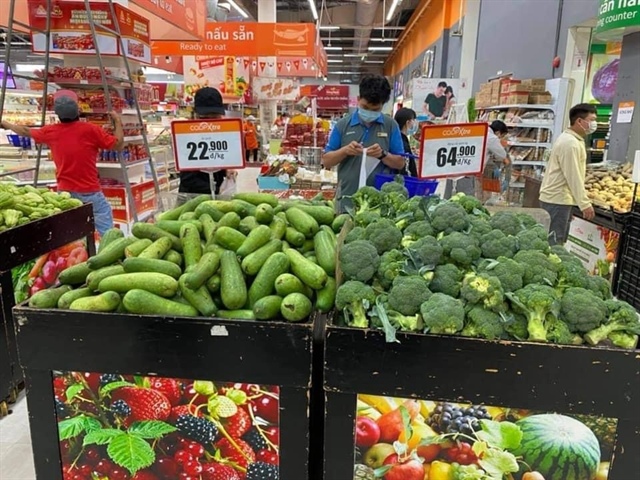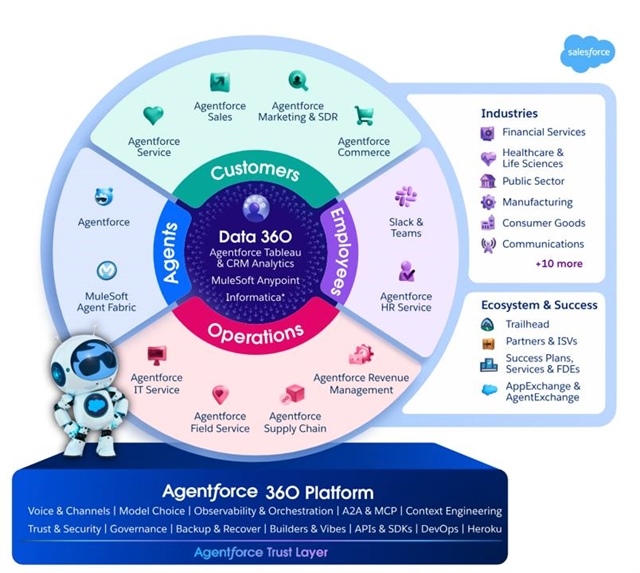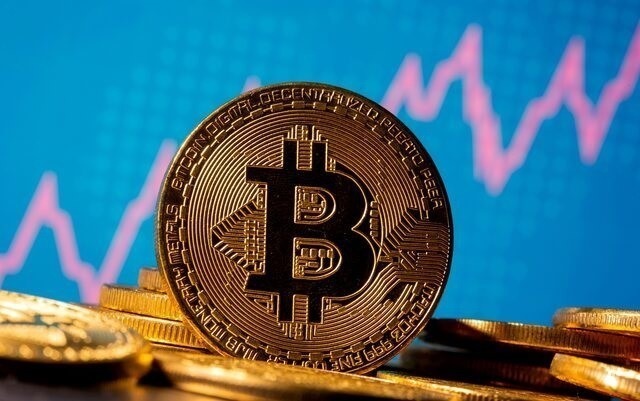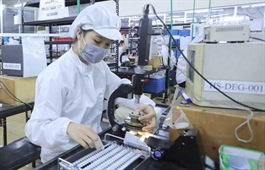Vietnam feels rising inflationary pressure
Vietnam feels rising inflationary pressure
The National Assembly has a GDP growth target of 6-6.5 percent in 2022 and 4 percent on average for the consumer price index. In the first quarter of the year, input prices, especially gasoline and oil, have risen sharply, and along with other factors have been putting great pressure on inflation.
The Ministry of Finance (MoF) has identified risks and factors affecting commodity prices since the end of 2021, including unpredictable external factors. In particular, the impact of the Russia-Ukraine conflict has significantly increased raw material and energy prices. The average inflation rate in European countries is currently above five percent. Nguyen Xuan Dinh from the Department of Price Management under the MoF warned that as a largely open economy, Vietnam is likely to "import" some of this inflation when it buys goods abroad, impacting production, business costs and product prices.
He added that Vietnam is under pressure to implement a roadmap on adjustment of public service prices in accordance with a governmental decree. However, this adjustment requires careful evaluation and calculation by the MoF, the General Statistics Office and related agencies. “The MoF has coordinated with the units to plan out the price management scenarios in which Vietnam's 2022 inflation may range from 3.6 to 4.3 percent,” Dinh stated.

Closely monitoring price developments of essential commodities |
Three causes of inflation
Nguyen Ba Khang from National Financial Supervisory Information Center under the National Financial Supervisory Commission explained that world crude oil prices have surged since the end of February. Within just two weeks, the US Energy Information Administration had to continuously adjust the average transaction prices of crude oil, which have increased by more than 50 percent compared to those of 2021, resulting in higher prices of other basic commodities such as iron, steel, fertilizer, and coal, and exerting great inflationary pressure.
According to the center’s calculations, Vietnam's average inflation in the first quarter of 2022 may increase by 2 to 2.2 percent compared to 2021. Along with rising prices of basic commodities, financial and economic recovery packages are certain to promote aggregate demand, further contributing to inflation.
According to Nguyen Bich Lam, former General Director of the General Statistics Office, Vietnam faces inflationary pressure due to three factors. First, since early 2022, the domestic aggregate demand has risen dramatically. In particular, in the next two years, the VND350 trillion post-Covid support packages will drive up domestic aggregate demand, which will certainly lead to inflation. Second, Vietnam's economy depends on imported fuel, therefore, surging global fuel prices will also contribute to inflation in Vietnam. Third, the biggest cause of inflation is supply chain disruptions, for example, of the gas supply chain breakdown in Europe.
Lam said that in order to curb inflation in the immediate future, state related agencies must control the supplies of products that meet domestic market demand. Particularly, they must ensure enough gasoline, oil and gas supplies, and at the same time do everything possible to avoid supply chain disruptions among Vietnam’s localities and between the world and Vietnam.
The MoF needs to closely monitor developments in the world economy, including prices of essential commodities, raw materials and fuel, specifically of petrol and oil, in order to propose timely management and administration measures to help stabilize prices and control inflation.





















